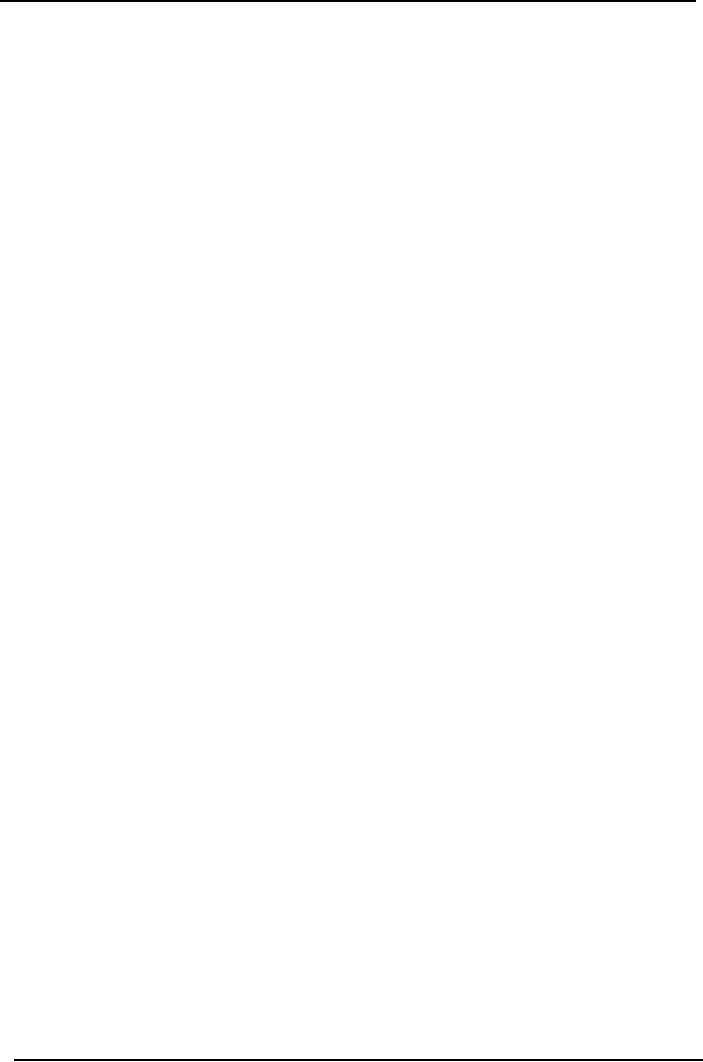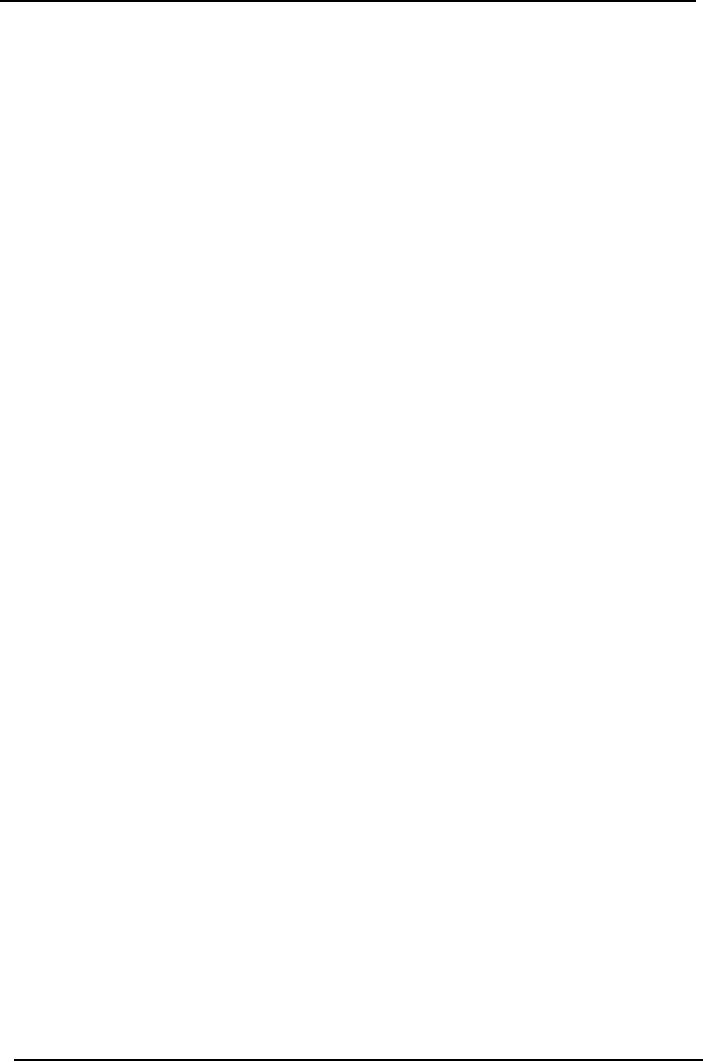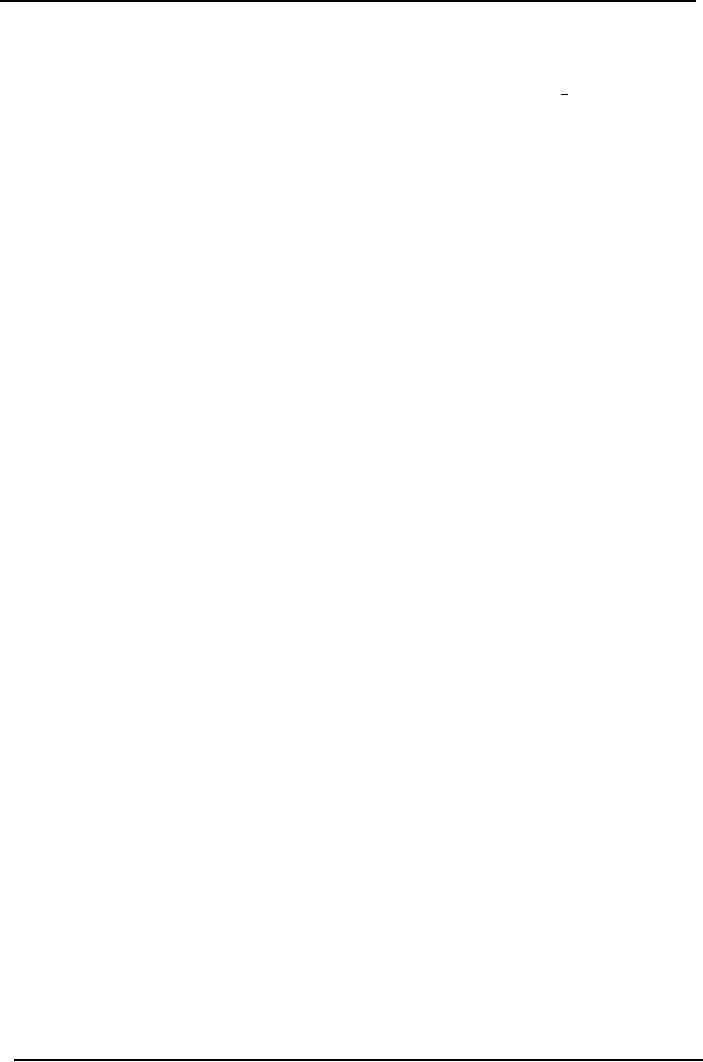 |

Theories
of Communication MCM 511
VU
LESSON
34
FRAMING
& SPIRAL OF SILENCE
Two
levels of agenda
setting
In
addition to considering contingency
factors that might influence
agenda setting, other theorists
have
extended
the theory to consider different levels
of agenda setting. McCombs, Shaw
and Weaver in 1997
make
the distinction between first and second
level agenda setting.
First
level agenda
setting
First
level agenda setting
examines the amount of coverage an object
receives, while second
level
agenda
setting examines how that
object is presented. First
level agenda setting deals
with the objects on
the
media and public agendas. This is
the traditional domain of agenda-setting
research in which media
are
seen as influencing what
issues are included on the
public agenda.
Second-level
agenda setting
Second-level
agenda setting considers
attributes of these objects. At this
level , the media not
only
suggest
what the public think about
but also influence how
people should think about
the issue. Thus,
the
`agenda of attributes' covered in the media
sets the `agenda of attributes'
for the public. Limited
by
time
and space, news directors
often have to select only a
handful of stories, while
leaving dozens of
news
stories off the air.
News
selection is at the heart of the agenda-setting process
since the issues that fail
to pass through the
gatekeepers
of the news also fail to
give salience cues regarding
the relative importance of the
issues.
This
is particularly true of international
news events that happen
beyond the direct experience of
most
news
consumers.
Framing
The
concept of framing is central to a
consideration of second-level agenda
setting. In the context of
agenda
setting framing is a process
through which the media emphasize
some aspects of reality
and
downplay
other aspects.
Framing
is "the subtle selection of certain
aspects of an issue by the media to make them
more
important
and thus to emphasize a particular
cause of some
phenomenon".
To
frame, according to Entman, is to "select
some aspects of a perceived
reality and make them
more
salient
in a communication text, in such a
way as to promote a particular
problem definition,
casual
interpretation,
moral evaluation, and/or treatment
recommendation for the item described.
Framing can
be
accomplished through the consideration of a
particular subtopics, through the
narrative form and
tone
of
the presentation, and through particular
details included in the media coverage. It is as a
result of
factors
such as framing that Dearing
and Rogers conclude "under certain
conditions the media of mass
communication
tell us how to think about
issues and, therefore, what to
think".
This
conclusion - stronger than the
traditional agenda-setting outlook - indicates the
importance of the
media
agenda, and consequently the power
associated with those who
influence this
agenda.
The
literature on agenda setting is
voluminous and wide ranging.
Rogers, Dearing and Bregman in
1993
note
over 200 articles onto
topic in their bibliographic
review, and many more have been
published
since
then. This review, however,
points out that there are a
number of ways to define the boundaries of
the
agenda setting
tradition.
These
could be referred to as broad
scope definitions of the theory or
narrow scope approaches.
The
broad-scope
definition of agenda setting
involves the consideration of three
related agendas:
1.
The media agenda is the set of topics
addressed by media sources e.g.
newspapers television,
radio.
2.
The public agenda is the set
of topics that members of the public
believes is important.
106

Theories
of Communication MCM 511
VU
3.
Finally, the policy agenda
represents issues that decision-makers
(e.g. legislators and those
who
influence
the legislative process) believe
are particularly
salient.
Spiral
of Silence
A
somewhat more controversial theory of
media and public opinion is the concept
of spiral of silence.
This
can be regarded as a form of agenda-setting
but one that is focused on
Macro-level rather than
micro-level
consequences.
In
the words of its originator Elisabeth
Noelle-Neumann:
"observations
made in one context the mass media spread to
another and encouraged people
either to
proclaim
their views or to swallow
them and keep quite
until , in a spiraling process, the one
view
dominated
the public scene and the
other disappeared from
public awareness as its adherents
became
mute
, this is the process that can be
called a spiral of
silence'.
In
other words, because of people's
fear of isolation or separation from
those around them, they end
to
keep
their attitudes to themselves
when they think they
are in the minority. The media,
because of a
variety
of factors, tend to present one (or at
most two ) sides of an issue
to the exclusion of others,
which
further encourages those
people to keep quiet and makes it even
tougher for the media to
uncover
and
register that opposing
viewpoint.
So
Noelle-Neumann's focus is not on
micro-level conceptualizations of how
average people come
to
perceive
the public agenda; rather she is
concerned with the macro-level,
long-term consequences of
such
perceptions.
If
various viewpoints about
agenda items are ignored ,
marginalized , or trivialized by media
reports,
then
people will be reluctant to
talk about them .As time
passes, those viewpoints
will cease to heard in
public
and therefore cannot affect political
decision-making. She argued that her
perspective involves a
return
to the concept of powerful mass media.
During the summer and fall of
1965, Elisabeth
Noelle-
Neuman,
the head of a prominent public
opinion research institute in
Germany, observed an interesting
phenomenon.
They observed the two major parties
election in German election.
The
phenomenon in which predictions about the
outcome seemed to sway the attitudes and
behaviors of
voters,
led Noelle-Neumann to formulate the
theory that has come to be
known as the spiral of silence
theory.
The
theory was first formulated
and tested to explain
puzzling findings in German politics
where
opinion
poll findings were inconsistent with
other data concerning expectations of
who would win an
election
and signally failed to predict the
result.
The
explanation offered was that
the media were offering a misleading view
of the opinion consensus.
They
were said to be leaning in a leftist
direction, against the underlying opinion
of the silent majority.
The
concept of the spiral of silence from a
larger body of theory of
public opinion which was
developed
and
tested by Noelle-Neumann over a number of
years. The relevant theory
concerns the interplay
between
four elements:
1.
Mass
media
2.
Interpersonal
communication and social
relations
3.
Individual
expressions of opinion
4.
And
the perceptions which individuals
have of surrounding climate of
opinion in their
own
social
environment.
Fear
of Isolation
So
the main assumptions of the theory
are as follows:-
Society
threatens deviant individuals
with isolation. Individuals experience
fear of isolation
continuously
.This fear of isolation
causes individuals to try to
assess the climate of opinion at
all times.
107

Theories
of Communication MCM 511
VU
The
results of this estimate
affect their behavior in
public, especially their
willingness or not to
express
opinions
openly.
Noelle-Neumann
begins by proposing that individual have
a strong need to connected to a
social
collective
and that cohesiveness within
that collective must be
constantly ensured. She
bases some of
this
reasoning on the experiments done in social psychology
which demonstrates that
individuals will
not
express opinions and behavior in ways
that they know are
wrong in order to avoid social
censure
(disapproval)
and criticism and to remain part of the
crowd. She notes that
this force is one driven
by
fear
of ostracism (exclusion) and fear of
isolation, not by desire to be
part of the winning team or on
the
bandwagon.
Assessing
public opinion
Given
this fear of isolation it is
important for individuals to be
able to gauge public
opinion, for in order
to
fit in on a particular issue,
you need to know what
others think about that
issue; ideas relevant to
an
individual's
assessment of public
opinion.
108
Table of Contents:
- COMMUNICATION:Nature of communication, Transactional approach, Communication is symbolic:
- THEORY, PARADIGM AND MODEL (I):Positivistic Perspective, Critical Perspective
- THEORY, PARADIGM AND MODEL (II):Empirical problems, Conceptual problems
- FROM COMMUNICATION TO MASS COMMUNICATION MODELS:Channel
- NORMATIVE THEORIES:Authoritarian Theory, Libertarian Theory, Limitations
- HUTCHINS COMMISSION ON FREEDOM, CHICAGO SCHOOL & BASIC PRINCIPLES OF SOCIAL RESPONSIBILITY THEORY
- CIVIC JOURNALISM, DEVELOPMENT MEDIA THEORY & DEMOCRATIC PARTICIPANT THEORY
- LIMITATIONS OF THE PRESS THEORY:Concentration and monopoly, Commercialism
- MCQUAIL’S FOUR KINDS OF THEORIES:Social scientific theory, Critical theory
- PROPAGANDA THEORIES:Origin of Propaganda, Engineering of Consent, Behaviorism
- PARADIGM SHIFT & TWO STEP FLOW OF INFORMATION
- MIDDLE RANGE THEORIES:Background, Functional Analysis Approach, Elite Pluralism
- KLAPPER’S PHENOMENSITIC THEORY:Klapper’s Generalizations, Criticism
- DIFFUSION OF INNOVATION THEORY:Innovators, Early adopters
- CHALLENGING THE DOMINANT PARADIGM:Catharsis Social learning Social cognitive theory
- SOCIAL COGNITIVE THEROY:Symbolizing Capacity, MODELLING
- MODELING FROM MASS MEDIA:Recent research, Summary, PRIMING EFFECTS
- PRIMING EFFECT:Conceptual Roots, Perceived meaning, Percieved justifiability
- CULTIVATION OF PERCEPTIONS OF SOCIAL REALITY:History
- SYSTEMS THEORIES OF COMMUNICATION PROCESSES:System
- EMERGENCE OF CRITICAL & CULTURAL THEORIES OF MASS COMMUNICATION
- REVISION:Positivistic perspective, Interpretive Perspective, Inductive approach
- CRITICAL THEORIES & ROLE OF MASS COMMUNICATION IN A SOCIETY -THE MEDIATION OF SOCIAL RELATIONS
- ROLE OF MASS MEDIA IN SOCIAL ORDER & MARXIST THEORY:Positive View
- KEY PRINCIPLES USED IN MARXISM:Materialism, Class Struggle, Superstructure
- CONSUMER SOCIETY:Role of mass media in alienation, Summary of Marxism
- COMMUNICATION AND CULTURE:Neo Marxism, Characteristics of Culture
- HEGEMONY:What exactly is the meaning of "hegemony"?
- CULTURE INDUSTRY:Gramscianism on Communications Matters
- POLITICAL ECONOMIC THEORY I:Internationalization, Vertical Integration
- POLITICAL ECONOMIC THEORY II:Diversification, Instrumental
- POLITICAL ECONOMIC THEORY III:Criticism, Power of Advertising
- AGENDA SETTING THEORY:A change in thinking, First empirical test
- FRAMING & SPIRAL OF SILENCE:Spiral of Silence, Assessing public opinion
- SPIRAL OF SILENCE:Fear of isolation, Assessing public opinion, Micro-level
- MARSHALL MCLUHAN: THE MEDIUM IS THE MESSAGE AND MASSAGE
- KNOWLEDGE GAP THEORY:Criticism on Marshal McLuhan
- MEDIA SYSTEM DEPENDENCY THEORY:Media System Dependency Theory
- USES AND GRATIFICATIONS THEORY:Methods
- RECEPTION THEORY
- FRAMING AND FRAME ANALYSIS:Information Processing Theory, Summing up
- TRENDS IN MASS COMMUNICATION I:Communication Science, Direct channels
- TRENDS IN MASS COMMUNICATION II:Communication Maxims, Emotions
- GLOBALIZATION AND MEDIA:Mediated Communication, Post Modernism
- REVISION:Microscopic Theories, Mediation of Social Relations